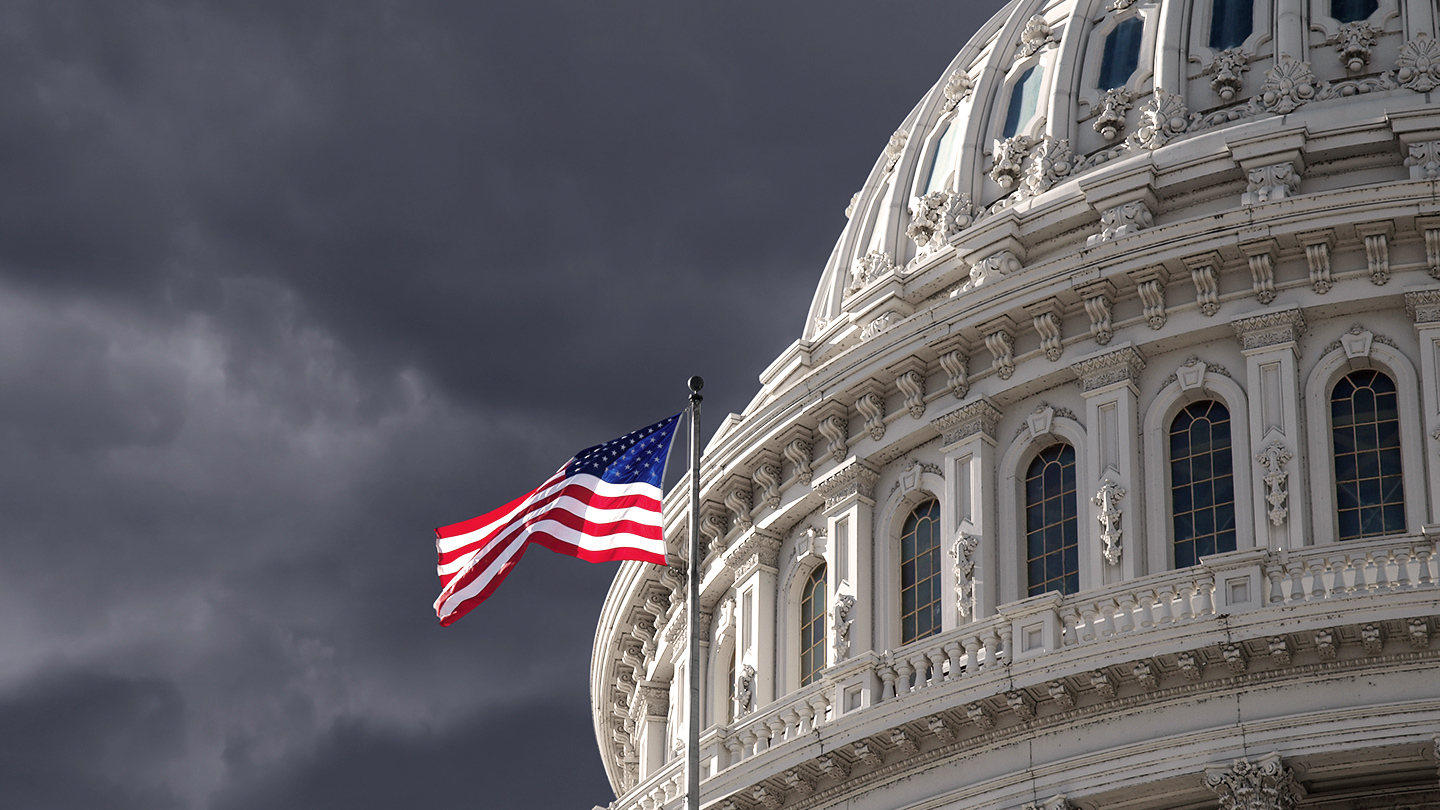
4 min read
Community Development Financial Institutions (CDFIs) have grown significantly in recent years. From 2018 to 2023, CDFI assets tripled to more than $450 billion, and the number of CDFI-certified entities rose by 40% according to a New York Federal Reserve Bank report.
Given this growth and CDFIs’ critical role in commercial real estate and community development, it’s important to know about these financial institutions.
Jessel Amin, Executive Director, Intermediaries Lending, Community Development Banking at JPMorgan Chase, answers some frequently asked questions about CDFIs.
What is a CDFI?
CDFIs are local, mission-driven financial institutions that use a market-based approach to support underserved communities. These organizations use public and private capital to lend money directly into some of the country’s most distressed areas to borrowers often outside of the traditional financial system.
There are roughly 1,500 certified CDFIs in the United States. Loan funds are the most common of these institutions, followed by credit unions. Geographically, CDFIs are distributed across the country, with a concentration in California and the Mississippi Delta, according to the New York Federal Reserve Bank’s report.
What kinds of CDFIs exist?
There are four types of CDFIs. They all help create economic opportunity, affordable housing and essential community services, but each takes a different approach.
- Community development banks are depository institutions with a mission to provide capital through targeted lending and investing to rebuild economically distressed communities.
- Community development credit unions promote ownership of assets and savings and provide affordable credit and retail financial services to low- and moderate-income individuals.
- Community development loan funds include microenterprise, small business, housing and community service organizations. These loan funds offer financing and support services to businesses, organizations and individuals in low-income communities.
- Community development venture capital funds provide equity and debt to small and medium-sized businesses in distressed communities.
When were CDFIs established?
The Riegle Community Development and Regulatory Improvement Act of 1994 designated CDFIs to provide financing to households, businesses and real estate transactions in low- and moderate-income communities across the U.S.
The Riegle act also established the Community Development Financial Institutions Fund (CDFI Fund), a government corporation within the U.S. Department of the Treasury. The fund certifies and oversees CDFIs and manages federal programs that award financial assistance to CDFIs.
How do CDFIs operate?
CDFIs combine capital with technical assistance to fit the needs of their communities. Because they aren’t regulated in the same way as large financial institutions, CDFIs can lend to borrowers with lower credit scores or take different types of collateral.
Because CDFIs receive state and federal funding, they take on a higher risk. But their strong community relationships and infrastructure can help mitigate those risks.
“Most CDFIs are strong-performing financial institutions,” Amin said. “CDFIs have a history of strong asset performance through multiple economic cycles because of their disciplined approach to managing risk and their commitment to their borrowers and communities.”
Because of their engagement with low-income communities, CDFIs can often respond to community needs that larger institutions can’t—especially in times of crisis. For example, Enterprise Community Partners helped fund Local Rental Owners Collaborative, a program that provided South Los Angeles rental owners with relief grants to offset rental losses during the pandemic.
CDFIs also offer hands-on assistance. This can include financial education, business coaching and helping borrowers build credit. For example, Local Initiatives Support Corporation provides capital and technical assistance to small business owners who may not qualify for traditional capital.
How do CDFIs help underserved communities?
“CDFI loans help support economically disadvantaged communities through the development of affordable housing, community facilities and small businesses that contribute to thriving neighborhoods,” Amin said. “It also incentivizes development in under-resourced and disinvested communities, which helps create jobs and address economic and social inequities.”
CDFIs help lower the risk for certain asset types to make them more attractive investments for banks. CDFIs leverage federal resources to attract private sector investment, which they use to provide flexible financing for projects such as affordable housing, community facilities and small businesses that contribute to thriving neighborhoods.
JPMorgan Chase Bank, N.A. Member FDIC. Visit jpmorgan.com/commercial-banking/legal-disclaimer for disclosures and disclaimers related to this content.







